
Keratoconus is a relatively common eye disease, effecting between 1 in 500 and 1 in 2000 Americans. The disease is characterized by a progressive degeneration of the cornea, the front clear window of the eye. The cornea becomes weak, thin, and irregular in shape, resulting in high levels of astigmatism that can interfere with the ability to see clearly. Often, keratoconus patients first require glasses and, as the disease progresses, contact lenses. Often, routine contact lenses do not work but specialized hybrid lenses may give patients good sight. If the condition progresses to a severe level, a corneal transplant may be required. For a deeper understanding of this condition, explore our Keratoconus Causes and Keratoconus Symptoms pages.
Corneal collagen cross-linking (CXL) strengthens the cornea by allowing it to re-form new cross-links between and within the collagen fibers. These new cross-links help strengthen the cornea, preventing further thinning and loss of vision. Many studies have shown that CXL can often prevent the need for a corneal transplant and allow patients to wear contact lenses or glasses more comfortably and safely again. CXL was first introduced in 1998 and is now performed for keratoconus patients in approximately 400 centers throughout the world. Through a research study, ClearView Eye and Laser Medical Center is now able to provide this investigational treatment to our patients using this technology.
For certain keratoconus cases, Intacs™ Eye Implants offer an alternative by reshaping the cornea to reduce astigmatism and nearsightedness. This option, alongside CXL, underscores the advancements in Keratoconus Treatment available today.


Corneal collagen cross-linking (CXL) strengthens the cornea by allowing it to re-form new cross-links between and within the collagen fibers. These new cross-links help strengthen the cornea, preventing further thinning and loss of vision. Many studies have shown that CXL can often prevent the need for a corneal transplant and allow patients to wear contact lenses or glasses more comfortably and safely again. CXL was first introduced in 1998 and is now performed for keratoconus patients in approximately 400 centers throughout the world. Through a research study, ClearView Eye and Laser Medical Center is now able to provide this investigational treatment to our patients using this technology.
Keratoconus presents various challenges, from changing vision prescriptions to night-time visual distortions. Addressing symptoms early and avoiding eye rubbing are key to managing this condition effectively.
At ClearView Eye and Laser Medical Center, Dr. Sandy T. Feldman leads the charge in tailoring keratoconus treatments to each patient's unique needs, offering advanced options like CXL and Intacs™ Eye Implants. Renowned for our patient-centered approach, we pride ourselves on high satisfaction rates, reflecting the effectiveness of our personalized care. If you're navigating the challenges of keratoconus, we invite you to schedule a free consultation with our team. Discover your treatment possibilities with ClearView and embark on a journey towards improved vision.
This content serves as a general guide and should not substitute for professional medical advice. Consult with our keratoconus specialists for an individualized treatment plan.

Call Us: (858) 452-3937
8:30AM - 7:00 PM - Monday through Saturday (Saturday until 11:30AM)